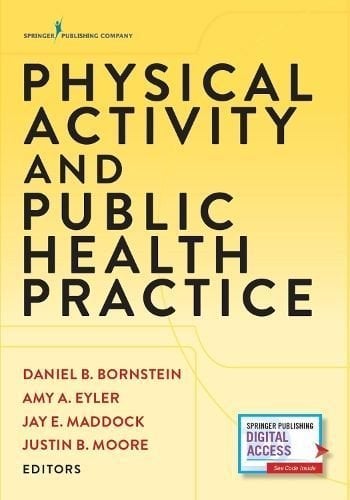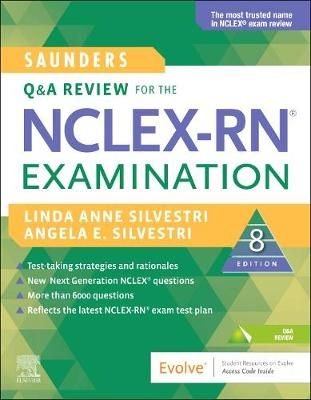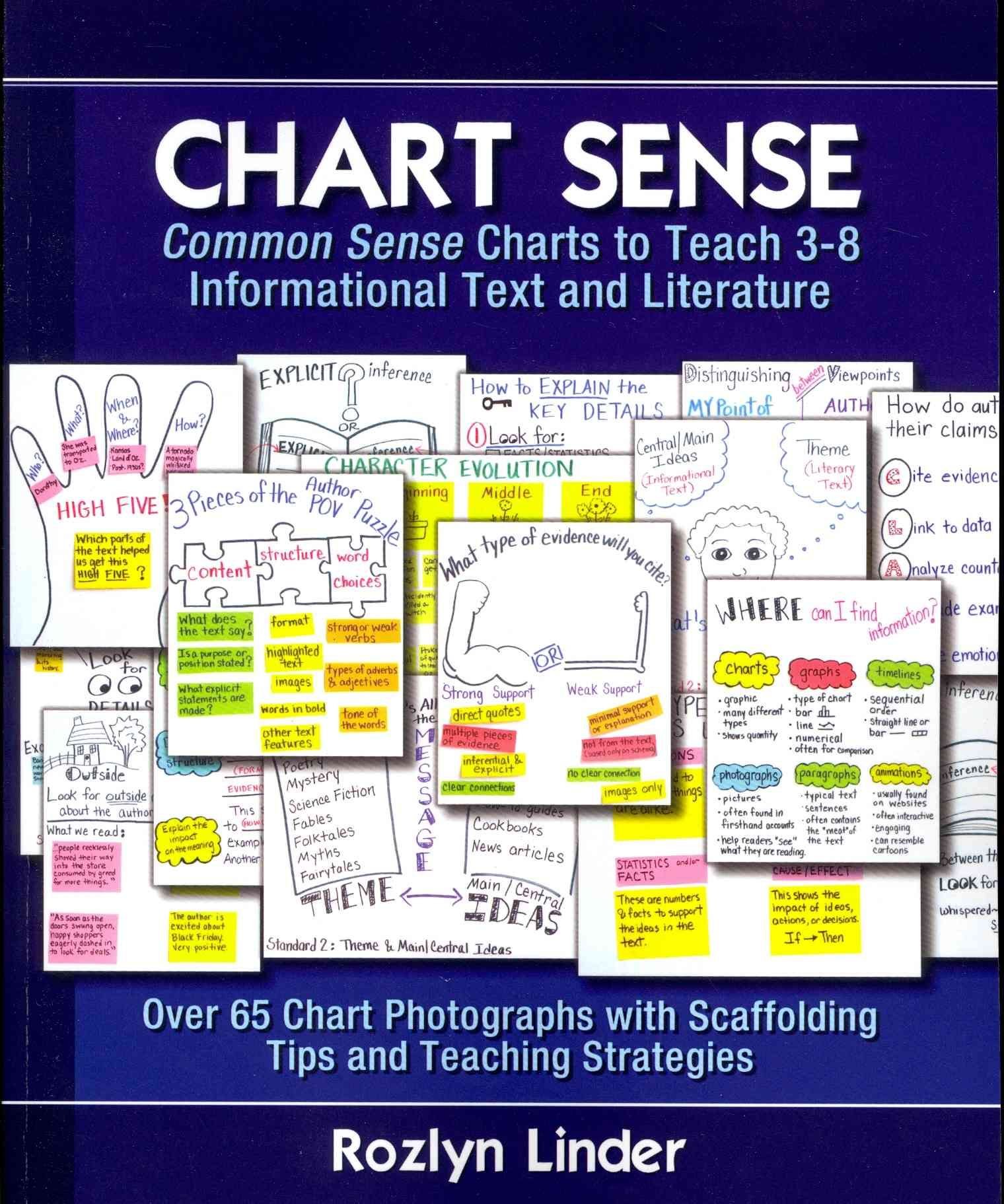Physical Activity in Public Health Practice provides the first evidence-based, practical textbook to guide readers through the process of conceptualizing, justifying, implementing, and evaluating physical activity interventions across a broad array of settings and populations. Section One begins with an overview of epidemiology, measurement, critical milestones, and the importance of moving beyond individual-level physical activity intervention, to interventions aimed at policy-, systems-, and environmental-level changes. Section Two considers planning interventions across a variety of settings and populations, including general concepts for implementation and evaluation, how to build effective coalitions, steps for developing community-, regional- or state-level strategic plans, and effectively translating policy into practice. Section Three addresses how to implement physical activity strategies across a variety of settings, including worksites, faith-based settings, healthcare settings, schools, and parks and recreation. This section also provides guidance on the complexities and challenges of targeting interventions for specific populations, such as families, older adults, persons with disabilities, as well as different strategies for urban and rural populations. Lastly, Section Four outlines effective strategies for how to evaluate interventions depending upon impact, outcome, and cost evaluation, and dissemination models for your intervention. Presented from both a research and a practice perspective while discussing the best available research, this book provides the basis for planning and implementing physical activity programs that work and can build healthier communities. This hands-on text incorporates learning objectives, real-world examples, case studies, and bulleted lists whenever possible so that the content can be digested easily not only in undergraduate and graduate course settings but also by public health workers and other health educators …












